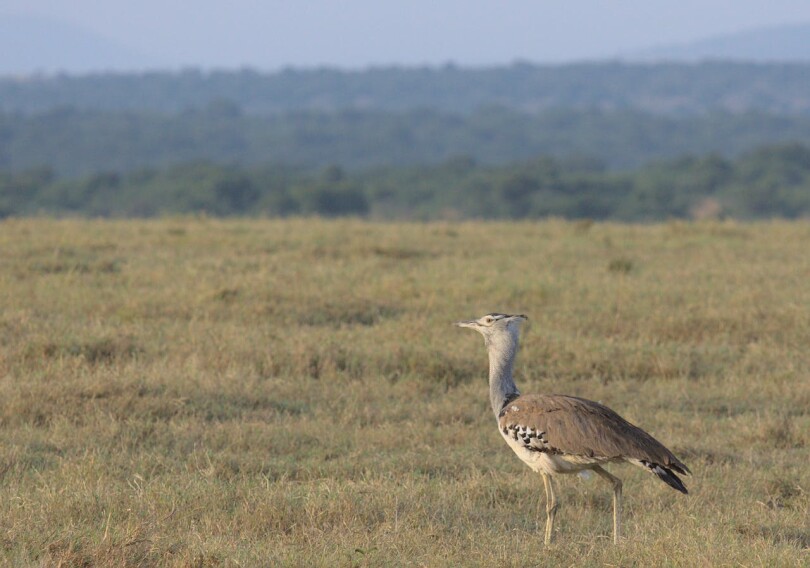Why Is the Gulf Attracting Climate Tech Businesses?
28 Jun 24
Enviro ChatThe Global News Source for the World of Science and Chemicals
08 March 2024
Enviro Chat
The humble houbara bustard bird is under threat. As one of the favoured meals of birds of prey such as falcons, the houbara has been hounded to near-extinction by rampant cross-border smuggling by falconers. It was once found across North Africa, the Arabian Peninsula and Central Asia, but its numbers have been dwindling for decades.
Conscious of this concerning state of affairs, the UAE government has been pouring money into the conservation of the species for almost half a century. Now, however, a rather novel technology could help to save the houbara – a robotic imitation bird which can safely, discreetly and effectively infiltrate houbara flocks to better collect behavioural data and improve our understanding of these birds.
The houbara bustard was once present in great numbers in countries through the Middle East and North Africa (MENA) region, as well as stretching into countries in Central Asia such as Iran and Mongolia. However, falconers keen to maintain a supply of sustenance for their aviaries have contributed to a black market for the birds, which has played havoc with their breeding and migratory patterns.
This has meant that both the Asian houbara and the North African houbara are officially recognised as “vulnerable” on the IUCN Red List of Threatened Species, given that population numbers have been on a downward trend for decades. Over 40 years ago, the UAE launched what has since become one of the largest repopulation projects for an endangered species of any animal anywhere in the world.
Conservation efforts have intensified even more in recent years. Great swathes of the aforementioned areas are now listed as Protected, in an effort to give the species a chance to gain a foothold. These initiatives are supplemented by captive-breeding and reintroduction drives, while the most novel form of conservation – through robotics – could provide the greatest helping hand yet.
Efforts to boost houbara numbers have been hampered by the bird’s secretive and nervous nature. Its flightiness means that it’s difficult for researchers to locate the houbara in the first place, but even once that feat has been achieved, getting close enough to observe its behaviours and learn more about the species is another challenge in itself.
That’s where the robots come in. By integrating high-tech computers into taxidermized birds, the researchers believe they will be able to approach, interact with and observe the houbaras in their natural environment without spooking them. Each battery-powered robot decoy contains a high-definition camera, audio recording device, Raspberry Pi single-board computer and a variety of sensors.
The information gathered by this equipment can then be relayed remotely and instantaneously to a central database for analysis and processing. What’s more, in addition to learning about the bird’s behaviours, it’s thought that the robots could eventually be used to collect semen samples and thus improve genetic diversity among the population, giving the houbara the best possible chance of resurgence in the wild.
DOWNLOAD PDF

2 Day Seminar Program
@ ArabLab+ 2024
24 & 25 September 2024
Your stay in Dubai
Labkit
Product News
Chemkit
Product News
Thinking about exhibiting at ARABLAB 2024? Watch our video to find out more.
Join the world’s leading organisations…
Join our mailing list and receive the ARABLAB newsletter and event updates.